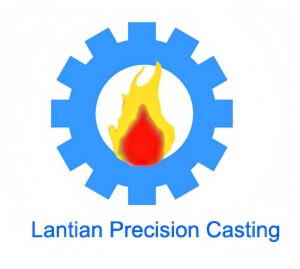Investment Casting Products
- Home
- Investment Castings
Lantian Precision Machinery Manufacturing Company can provid high quality investment castings to customers all over the world. The engineering metal parts we provide includes stainless steel cast parts, carbon steel cast parts and low alloy steel cast parts. The custom cast parts are widely used in automotive, wind power, railway, oil&gas platform, petrochemical machinery, agricultural machinery etc. Unit weight of our casting products is from 0.05-80kgs. Contact Now for any RFQs you have!
-

Big Investment Casting Foundry In China
Read more -

Carbon Steel Investment Casting Parts
Read more -

Casting Stainless Steel Components By Silica Sol Casting
Read more -

China Famous Precision Investment Casting Steel Cast Foundry
Read more -

China Large Foundry Precision Investment Casting Supplier
Read more -

China Manufacturing Lost Wax Casting Components
Read more -

China Top 10 Custom Precision Investment Casting Foundry
Read more -

Custom Precision Casting Foundry
Read more -

Custom Precision Steel Components Steel Insert Casts
Read more -

Custom Steel Component Supplier Lost Wax Cast Low Alloy Steel Castings
Read more -

Custom Your Designs with Precision Investment Casting
Read more -

Customized Investment Casting Stainless Steel Precision Castings
Read more -

Customized Steel Machinery Part
Read more -

Engineered Hardware Manufacture Precision Casting Components
Read more -

From Prototype To Mass Production Custom Investment Castings
Read more -

Good Quality High Precision Investment Casting Silica Sol Castings
Read more
